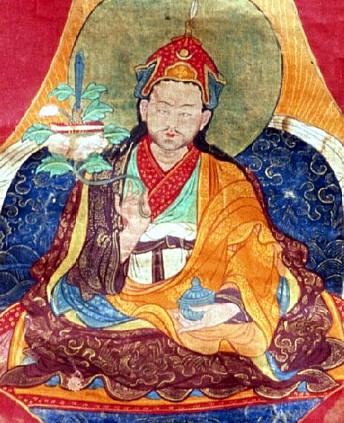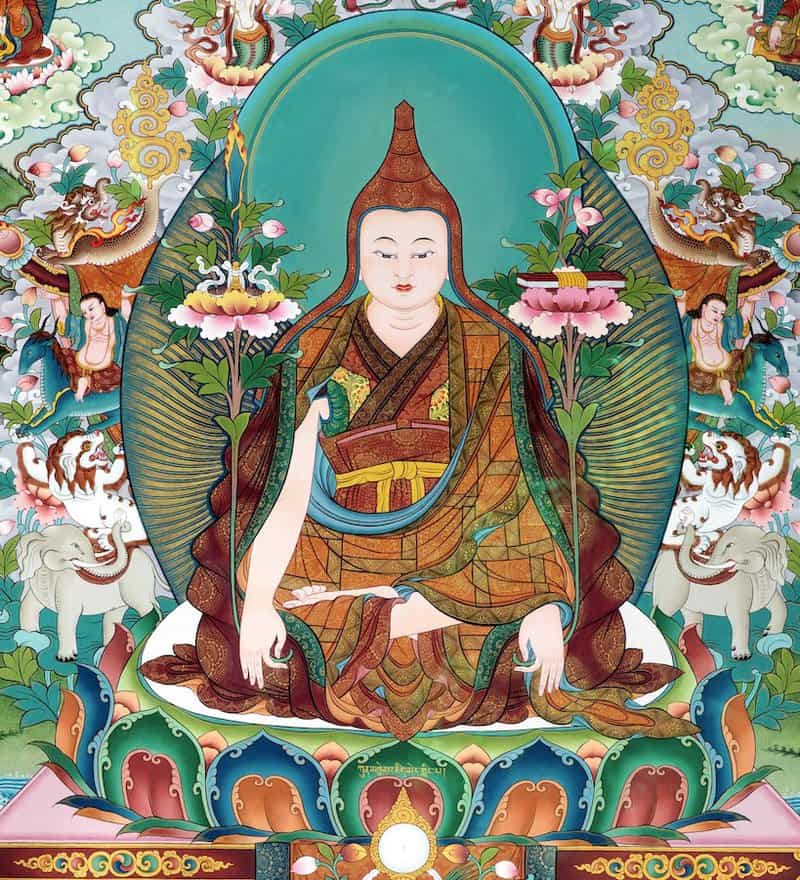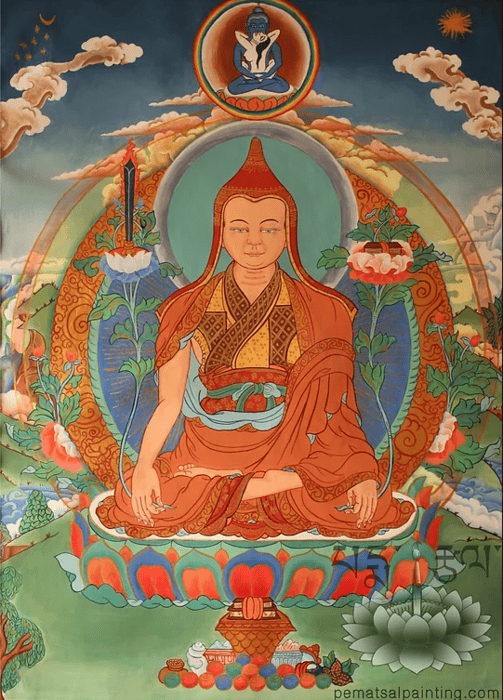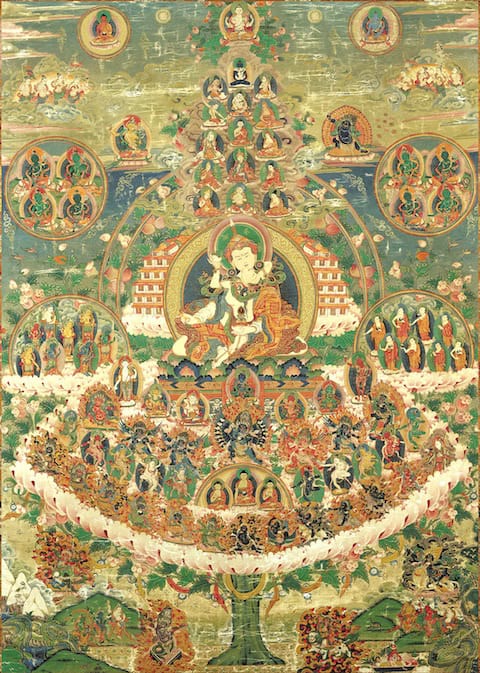The fourfold resting is:
Rest your body like a corpse in a charnel ground, without preference or fixed arrangement.
Rest your voice like a broken waterwheel, in a state of stillness.
Rest your eyes like a statue in a shrine room, without blinking, in a continuous, focused gaze.
Rest your mind like a sea free from waves, quietly in the unfabricated and spontaneously present state of the empty and luminous nature of awareness.
Let your mind rest, totally free from thought.
The Instruction Manual for the Ground of Trekcho.
Perfect Clarity, by Eric Pema Kunsang

One of the toughest things I found when approaching both Mahamudra and Dzogchen after years of meditation in the Thai and Burmese Theravada traditions, was what it was to truly rest in awareness, without active attention or penetration of meditation objects.
It took a long time for what this resting truly is to sink in. I found endless ways to feel like I was resting, or letting be, or letting go, whilst subtly manipulating my experience to make it better or more insightful. That is what the Mahamudra and Dzogchen traditions would call conceptual meditation.
Culadasa’s Helpful Separation of Attention and Awareness
One of the clues along the way for me was Culadasa‘s presentation on awareness as being two-fold – attention and awareness. Attention he said was like a search light – very powerful indeed and illuminating, with the ability to deeply penetrate its object. However, you can only have a very limited amount of objects in view with this powerful beam. It’s not geared to multi-tasking.
Awareness he described as like peripheral vision. It is a type of awareness that opens out to take in a vast array of objects all at once (if you allow it to be really wide), and so, in a sense, can multi-task. It can be aware of many things simultaneously. But, it cannot really penetrate any object – it’s not like the powerful flash light that brilliantly shines. It’s more like a glow which holds all within it’s field.
Mindfulness = Attention plus Awareness
This distinction was really useful to me when practicing for years in a Theravadan approach. I learnt to hold both types of awareness actively and simultaneously. I directly pierced the object with attention, with all the benefit that came from that. Whilst holding awareness open so that I was alert to the whole field, enabling me to be aware of far more than just this object. I could then switch attention to whatever appeared in awareness when it was beneficial, as awareness had been monitoring this wide field in the background, as it were.
One of the things I kept doing when I switched to first Mahamudra, then in later years, to Dzogchen, was bring elements from awareness into attention. It was a strong tendency. The tendency was fuelled by a subtle addiction to needing to see things more clearly with attention. I was habituated to this. Nevertheless, this distinction between attention and awareness helped me with taking on Mahamudra and Dzogchen approaches.
Theravada Mindfulness is not yet Dzogchen
Mapping the distinction Culadasa made between awareness and attention, to the way to rest in awareness in Mahamudra and Dzogchen isn’t a fully accurate one – it’s more a helpful skillful means for those with this type of background in meditation. For starters it is still an awareness of something, rather than allowing awareness to rest in it’s own nature, or as it’s own nature.
Nor does it begin to explain the full scope and profundity of the view, meditation and conduct of these direct traditions. But I found it a great entry point which drew on my experience – once I’d made the connection it really helped with letting something go which had proved elusive and quite challenging.
Once you take the Dzogchen approach there is a profound resting which comes about through understanding that this empty, luminous ground cannot ever be improved on. Nor can any of the appearances which manifest from and as the ground. So why this effort to manipulate and fabricate experience?
Chokgyur Lingpa’s approaching Trekcho through Resting
Chokgyur Lingpa‘s words here are on the setup of meditation, if you like. How to repose the mind for Trekcho meditation – the Dzogchen practice of cutting through to recognise the nature of mind. His words on how to approach Trekcho move me deeply. They really capture how much there is to rest, to let go of or to let be, how deep and profound that resting can be, and how much relief there is in that resting.
His words deeply resonate with just how much tension usually operates in our minds, which all causes suffering. The metaphors he uses are so very powerful indeed. So resonant. So evocative.
Just this resting in itself is the release of so much suffering. How deep can you go with resting? Resting isn’t a doing.
Rest.
And they clearly point to what the resting is resting in/from/as:
Rest your mind like a sea free from waves, quietly in the unfabricated and spontaneously present state of the empty and luminous nature of awareness.
E ma ho! How marvelous and wondrous indeed!
Original source: Rangjung Yeshe Publications




